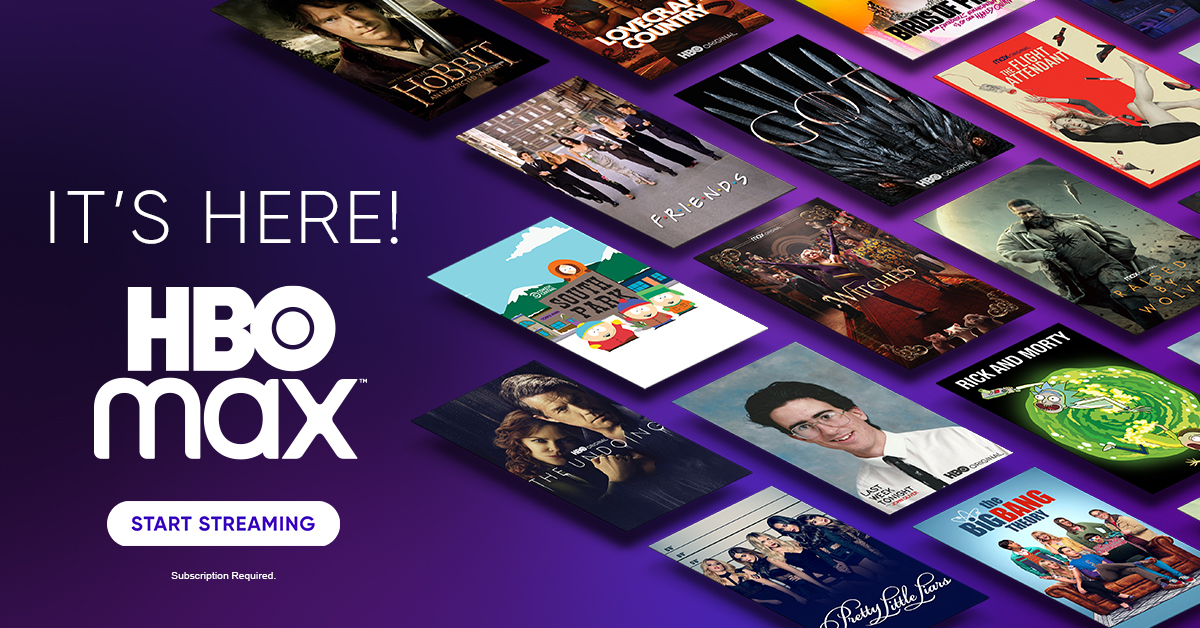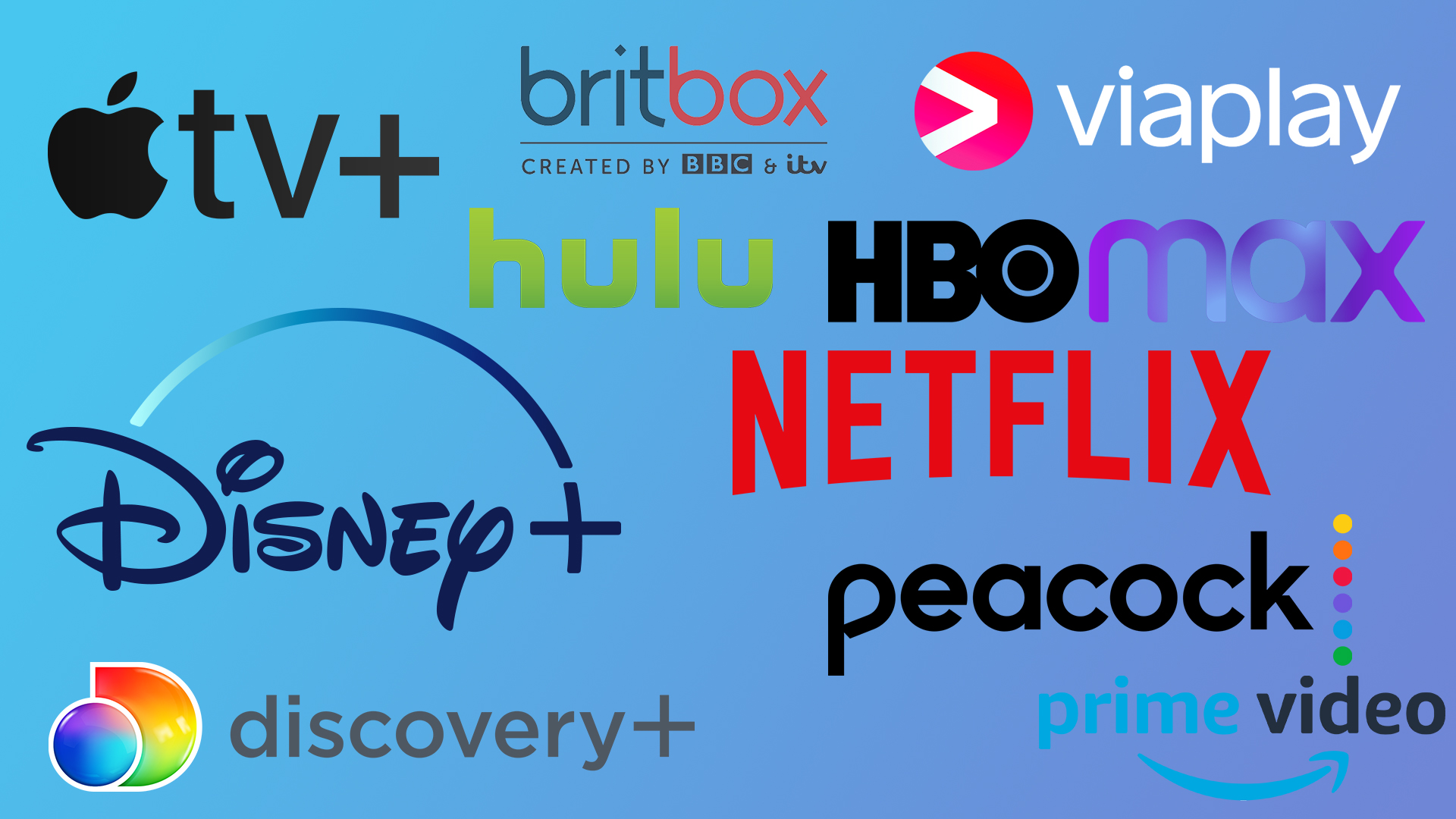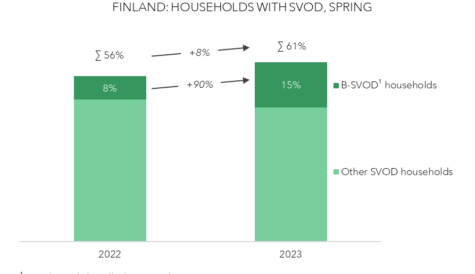
After more than 40 years of operation, DTVE is closing its doors and our website will no longer be updated daily. Thank you for all of your support.
2020 was the year of the SVOD – and 2021 is going to be even bigger
In what was one of the most unpredictable and volatile years in modern history for society, politics and industries of all shapes and sizes, there was only one sector which captured mainstream attention for its enduring and enhanced success – video on demand services.
Like it or not, the bellwether of the industry has become Netflix, and 2020 has seen the streamer almost certainly surpass a global total of 200 million subscribers. The streamer’s official count is currently at around 195 million as of Q3, with the company adding 28.1 million users in the first nine months of 2020. Those first three quarters alone amounted to more than the total number of additions in 2019 altogether.
Disney similarly is on course to establish itself as the de facto second-largest streaming company in the world, just over a year after it first launched Disney+ in the US, Canada and the Netherlands. A rapid rollout which has seen Disney+ launch across most of Europe, India and Latin America – along with the continued domestic success of Hulu and modest growth of ESPN+ – has translated to 137 million paid DTC subscriptions globally.
The most frightening part about Disney+ is that, with its investor day last week, the company pulled back the curtain on the true scale of the service with its seemingly endless slate of Marvel and Star Wars-branded original content. This was complemented by the unveiling of the adult-oriented Star which will lean on the content libraries of ABC and 20th Century Fox – previously assumed to be a standalone product – as an integrated hub within Disney+ at no extra cost. Netflix might not be nervous, but it will certainly be taking note. Underlining this is a recent report from eMarketer which predicts that the overall subscriber revenue will generate US$12.36 billion by the end of 2022 in the US alone, close to Netflix’s US$12.95.
But what of the others? The SVOD business is not a two-man show, and a significant number of heavy hitters from the US entered the ring this year.
US and them
AT&T’s WarnerMedia has bet the house on HBO Max, the big-budget SVOD which launched in May with a eyebrow-raising price tag of US$14.99 per month. At 12.6 million users, the service has had a slower rollout than Disney+, and it remains unclear how many people are paying and how many are accessing HBO Max as an extension of their TV contracts.
 HBO Max has also struggled with accessibility, though this is improving. The company has finally launched on Roku and Amazon, who together make up a third of the US’s streaming population, while it is also now available on Comcast’s set-top-boxes.
HBO Max has also struggled with accessibility, though this is improving. The company has finally launched on Roku and Amazon, who together make up a third of the US’s streaming population, while it is also now available on Comcast’s set-top-boxes.
If WarnerMedia’s investment wasn’t already clear from the reveal that it is missing out on US$1.2 billion in lost revenue from licencing rights, the company has rolled the dice once again with the shock announcement that it will launch all of next year’s Warner Bros. movies simultaneously in cinemas and on streaming. That decision has not gone down well in Hollywood, with some reportedly considering legal action, but shows that WarnerMedia is trying to prove HBO Max’s place in the industry with urgency.
Around the same time, NBCUniversal launched its own service, Peacock. I have previously referred to the strategy of parent company Comcast as cautious, and to Peacock as a low-risk entry into the OTT world from NBCU, and this approach appears to be working with it reaching 26 million subscribers.
While it initially appeared to be launching with a confusing strategy – a free AVOD tier, complemented by an ad-supported subscription tier and a full-fat ad-free subscription offer – this would seem to be resonating with audiences who are returning to the streamer for comfort content like Harry Potter and live channels including coverage of more than 175 English Premier League matches per season.
While Comcast seems to be focusing on Peacock as more of a complement to its existing products like its Xfinity pay TV product in the US and Sky businesses in Europe, the service will instantly get millions of additional eyeballs when NBCU regains the rights to The Office – a show as iconic and bingeable as the likes of Friends to many – from January 1.
The US will become an even more cluttered minefield of streaming services in 2021 as Discovery rolls out discovery+ with the boast of launching with the most content of any new streaming service (55,000 episodes from 2,500 shows for those keeping score). The service had an initial quiet launch in the UK in November, and has a modest ambition “to be the world’s definitive product for unscripted storytelling.”
And while it may be late to the party, ViacomCBS will hope that its extensive brand portfolio will convince consumers around the world to sign up to Paramount+, its rebrand of CBS All Access. A launch is set for early 2021 in the US with subsequent international expansion, but we have seen few details on the service aside from a logo and the promise that it will dovetail with AVOD streamer Pluto TV.
European excellence
Outside of the US, we have seen a large number of SVOD roll-outs and expansions.
The BBCS-ITV joint-venture BritBox is “performing well” in the UK where it launched in late 2019, and the streamer rolled out in Australia last month as a part of a global expansion.
Across the Channel, Salto, the joint-venture of France Télévisions, TF1 and M6, launched in October with a mission statement of creating a serious domestic competitor to Netflix. It is currently at over 100,000 subscribers, and will hope to improve this in the coming years.
Elsewhere, Nordic Entertainment Group (NENT Group) is a name we will be hearing a lot more of in 2021 as it expands Viaplay domestically and internationally. In its native Nordic region, the streamer has amassed one of the most impressive sports portfolios in the world and has a market-leading penetration of 60%. The company is in a strong position under CEO Anders Jensen, and will expand into the US (albeit sans-sports) and Poland in 2021, before a further rollout to 10 international markets by the end of 2023.
All that glitters is not gold
This is not however to say that 2020 has been a smooth ride for everyone involved in the SVOD world.
Potentially one disappointment has been Apple TV+, with its 2.25 million subscribers amassed since its November 1 2019 launch. Shows like Ted Lasso and Mythic Quest: Raven’s Banquet are appearing near the top of many year-end best of TV lists, but the streamer has failed to set the world on fire in the same way that Disney+ has.
The iPhone maker however is clearly approaching things from a different angle – both in terms of offering a more limited content library that is focused on top-tier original content, and as part of a wider strategy with Apple TV+ complementing Apple Music, iCloud and all the other services included in the recently launched Apple One services bundle. Apple’s partnership with ViacomCBS to offer discounted access to Showtime and CBS All Access exemplifies the fact that the company is more focused on rivaling Roku and Amazon in the channels space and less so on taking on Netflix.
But a piece looking at 2020 in streaming would not be complete without mentioning the bizarre experiment that was Quibi, the painfully millennial-pandering short-form streaming service launched by two sexagenarians that nobody asked for or wanted.
A little more than six months after it launched with US$1.75 billion in the bank, the service shut down and we were all left wondering what the point of the whole thing was. While it was certainly victim to the pandemic in a way that other streaming services were not, Quibi’s biggest enemy was itself – something I looked at with more depth back in October. The one thing Quibi succeeded at was proving that mobile-oriented short-form content needs to be free, or at least serving as a part of a wider service, which is something HBO Max is looking to integrate.
One name I have neglected to mention with any major consideration is Amazon, whose CEO Jeff Bezos spent the pandemic reinforcing his position as the richest man on earth
with a net value of US$1.82 billion. The idle hands of a locked-down consumer society has boosted Amazon’s retail business, which has captured most of the headlines as the company ended Q3 with revenues of US$96.15 billion, thanks in no small part to the continued growth of Prime.
For Amazon, the Prime membership is what has historically set it apart from the retail competitors it has all but destroyed. The combination of free, next-day shipping with Amazon’s already industry-leading marketplace has seen Prime reach 117 million subscribers. Access to other parts of the Prime subscription like Video and Amazon Gaming (formerly Twitch Prime) are arguably more of a value-add than a core reason for subscribing. Like Apple though, Amazon will be less concerned with which part of the package its users are focused on, and more on enhancing Prime as one of the ‘stickiest’ subscriptions on the planet.
The most recent quarter, Q4 2020, set a record for global streaming adds. Across the world, users signed up for 217.6 million new subscriptions, surpassing the previous record of 211.7 million in Q4 2018 according to Strategy Analytics. Any fears that the market may be dwindling (how many more people are even alive to sign up for Netflix at this point?) appear to be unfounded, the report notes.
While we covering the industry may experience fatigue from a barrage of streaming launches, audiences are evidently more than ready to sign up, and, as the report notes, the market is “still a long way from reaching maturity.” 2020 was a big year for subscription streaming services and I have no doubt that 2021 will be even bigger.








